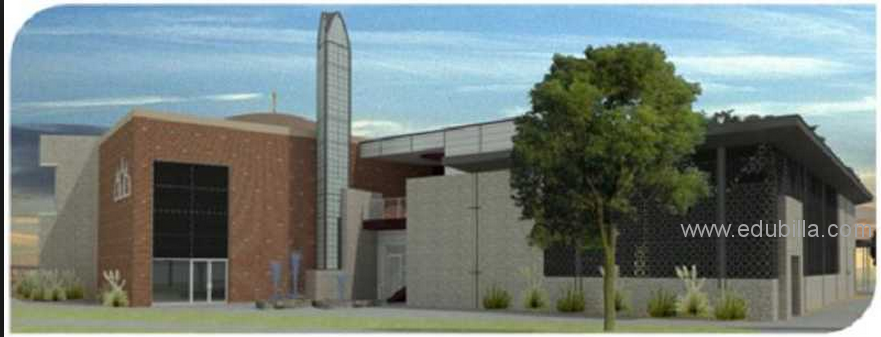3-D printers are making cars!

In chicago, car is printed using 3D printers.
On a Saturday morning earlier this September, the world got its first look at the Strati. This electric vehicle is unlike any other currently on the road. It rolls on four wheels, but its body and chassis weren't built in a factory. Instead, Strati's designers used a technology called 3-D printing. It created those parts of the car in one piece, from the ground up.
“Compared to a typical vehicle on the road, the Strati definitely looks different,” says Greg Schroeder. A senior research engineer at the Center for Automotive Research in Ann Arbor, Mich., he did not work on the new car. His organization studies trends and changes in the auto industry.
It took 44 hours to print the new car at the International Manufacturing Technology Show in Chicago, Ill. Over the next few days, the car’s designers installed additional parts. These included the car’s engine, brakes and tires. Then, early on September 13, Jay Rogers climbed into the car, started its engine and drove the vehicle onto the street. Rogers helped found Local Motors. It’s the Arizona-based company behind the Strati. Two weeks later, his team printed a second Strati, and just as fast, at a fair in New York City.
Justin Fishkin, a Local Motors official, sees the Strati as a window into the future. Today, car buyers are limited in their choice of a vehicle. They can order only what car companies have already designed. But in the future, he says, you may be able design your own car online and then get it printed to order.
The car’s printer is a one-of-a-kind device
The technology behind the 3-D printer used in Chicago is an example of additive manufacturing. This process builds solid objects, slice by slice, from the bottom up. (“Strati” means layers, in Italian.) A mechanical arm moves a nozzle from one side to another, back and forth. As it moves, the nozzle deposits a liquid — often melted plastic or metal (but it could be food, concrete or even cells) — that quickly hardens or bonds to become solid or semi-solid. This creates a single, thin layer. Once a layer is complete, the printer starts depositing the next one. (Imagine building a wax sculpture, layer by layer, using hot wax dripping off a candle.)
“There's a lot of interest in 3-D printing in the auto industry,” says Schroeder. Right now, the technology is particularly useful for building prototypes — or models — of cars or car parts.
To compete with current auto manufacturers, the 3-D printer would have to scale up in a hurry, Schroeder says. By contrast, he notes, a Ford F-150 pickup truck rolls off an assembly line at a rate of roughly one per minute. To print as many Stratis would require many more printers. Schroeder says he doesn't see 3-D printing soon taking over for such high-volume manufacturing. But, he adds: “Who knows what will happen in the long term?”
Scientists at Oak Ridge National Laboratory in Tennessee designed the 3-D printer used in Chicago. Lonnie Love, a research scientist at the lab, led the effort. To build a machine that could print a car, he and his team had to overcome several obstacles.
Post Your Comments for this News
Science Articles
-
How To Boost Student's Interest In Science
2017-04-07 11:57:27
-
Know about the Father of Standard Time
2017-01-07 12:34:58
-
10 Ways In Which Exercise Benefits Your Brain
2016-08-16 11:40:57
-
China's Development
2015-09-08 15:17:15
-
20 lice found on minor's eye lashes in China
2015-09-08 15:14:53